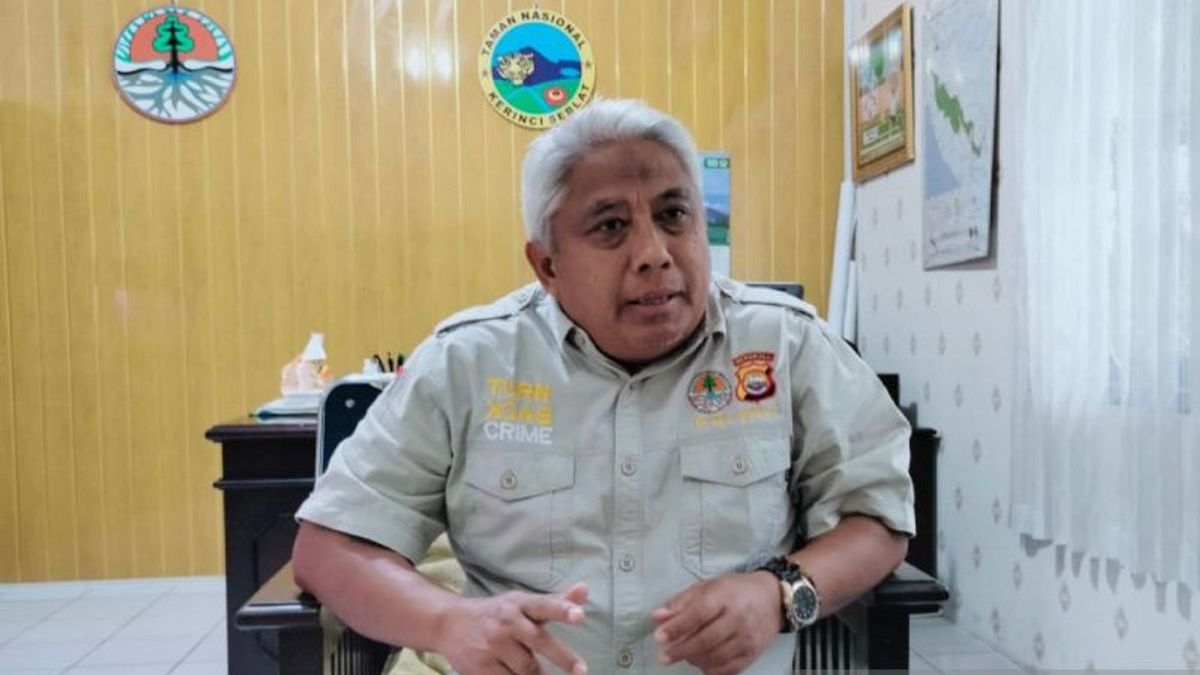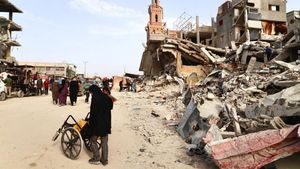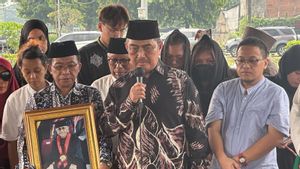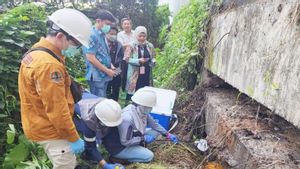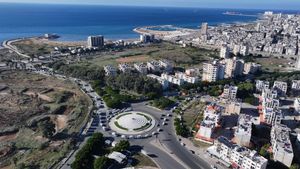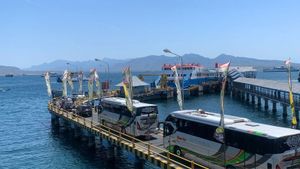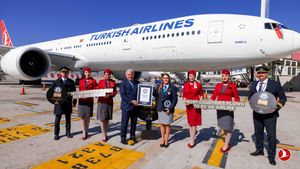BENGKULU - The population of Sumatran tigers in the Kerinci Seblat National Park (TNKS) area is spread over four provinces, namely Bengkulu, South Sumatra, Jambi and West Sumatra, estimated at more than 150.
Head of the TNKS Management Division Region III Bengkulu-South Sumatra M Mahfud said the TNKS area has an area of 1,389,509.87 million hectares. Of that total, 591,188 hectares are included in the provinces of Bengkulu and South Sumatra.
"The overall population of Sumatran tigers in the TNKS area is still quite good, the distribution is in Jambi, South Sumatra, Bengkulu and West Sumatra, if you estimate it will be between 150 and 180," he said when contacted in Rejang Lebong, Antara, Sunday, July 7.
The population of Sumatran tigers is known from the calculation using the camera trap method, then also through the identification of traces, dirt andtaboos.
"So far, the most accurate ones come from camera traps. With camera traps, we can identify the gender and give it a name immediately," he said.
Meanwhile, the number of Sumatran tigers in the Bengkulu Province, he said, is still often found, but in detail it cannot be conveyed specifically to protect him from hunting.
In Bengkulu Province, Sumatran tigers are still often seen in the Lebong Regency area, such as in Rimbo Pengadang, Ladang Palembang, Ketenong, Bukit Resam. Meanwhile, other areas in the Mukomuko Regency area.
As for the Rejang Lebong Regency area, according to him, it is still there but they never go down and only show when crossing towards Lebong Regency.
"They rarely enter the village, meaning that their prey is still sufficient. That is why we have an ecosystem recovery program, so that the ecosystem in the TNKS area continues. At least bird animals, and later other animals such as pigs, deer and predators will emerge," he said.
To maintain the population of Sumatran tigers in the TNKS area, his party already has a Sumatran tiger rescue team that conducts patrols every month to clean tiger snares that are still often found in Mukomuko Regency, and the Painan area, West Sumatra.
SEE ALSO:
The English, Chinese, Japanese, Arabic, and French versions are automatically generated by the AI. So there may still be inaccuracies in translating, please always see Indonesian as our main language. (system supported by DigitalSiber.id)
Most Popular Tags
#Prabowo Subianto #New Year #Mother's Day #nataru #NatalPopular
22 Desember 2024, 05:34
22 Desember 2024, 00:05
22 Desember 2024, 01:06
22 Desember 2024, 06:15
